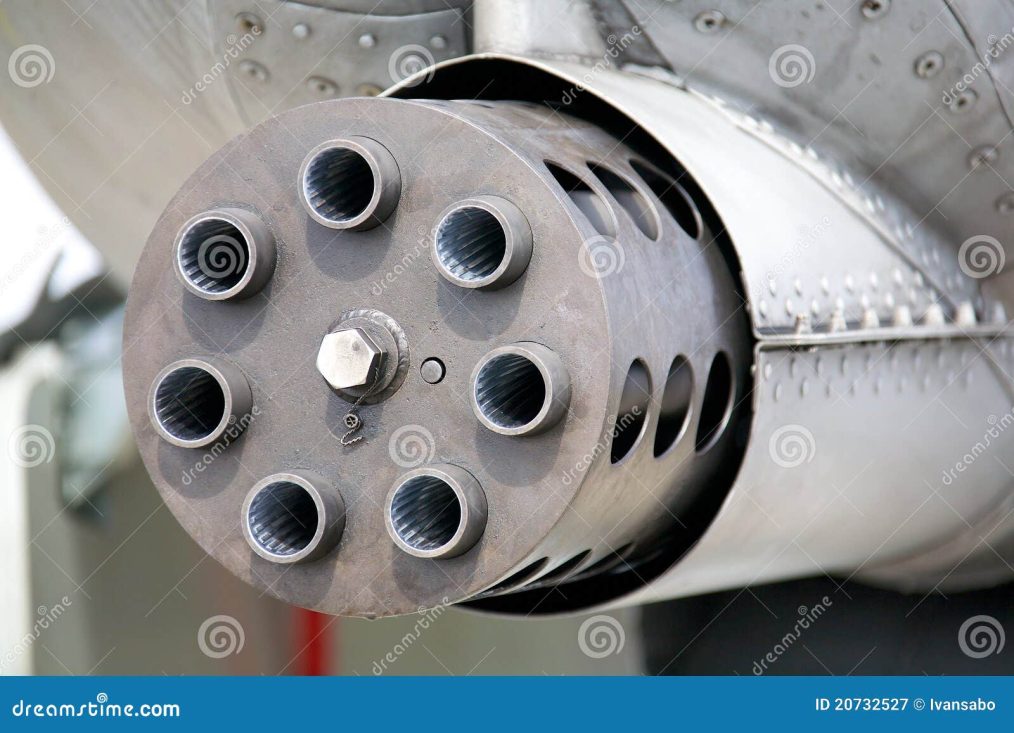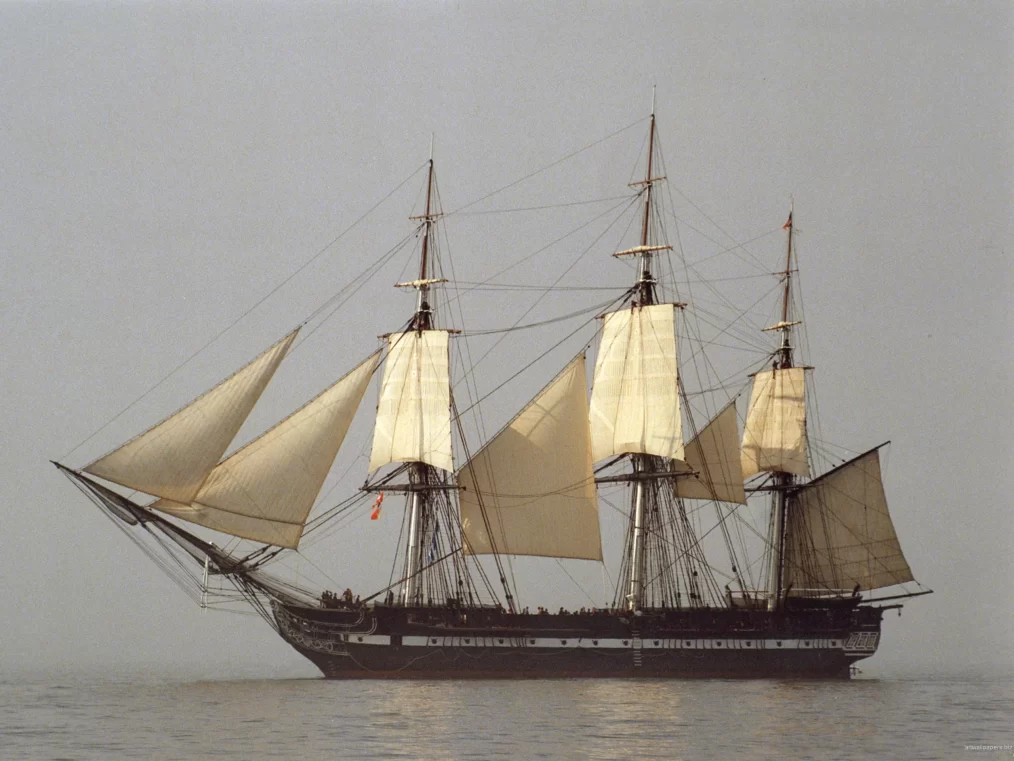Hello Ray,
You certainly come up with some good articles! The first one, about the GAU gun in the A10 aircraft, is a very powerful weapon indeed. As this one fires a 30mm cartridge and projectile, it is an update on the 20mm weapon we saw used with the USAF in Thailand and in Vietnam. They were powered by hydraulics as well. When we were in Thailand, (79SQN at RAAF Base Ubon), we were flying our CAC Sabre, yes all 8 of them. The USAF were on the same base, but they had 88 F4 Phantoms. Some had the 20mm cannon installed as a permanent fixture, and some used a Gun Pod, which contained the 20mm cannon with 2400 rounds. The weapon used then had 6 barrels, and the firing speed could be adjusted between 2,000 rounds per minute and 6,000 rounds per minute.
Then, the RAAF Iroquois UH1H gunship used by 9SQN had two 7.62mm ‘gatling’ Machine guns. These also had 6 barrels, but the whole weapon was powered by a 24 volt electric motor. The principle was the same, but as the ammunition was smaller, (7.61mm 1 in 4 tracer) a 24V electric motor was sufficient. The guns used by the US Army were able to be moved by the pilot moving the gunsight up to 15° in any direction. The problem with that installation was that the weapon would not stay still when it was firing. Hence, the pattern of firing was like throwing a shovel full of gravel at a barn door. When the RAAF developed the Australian Gunship, they welded the gun mount as a fixture to the main mount, and then they welded the gunsight to a fixed mount which swung down in front of the pilot. If he wanted to change his aim, he simply moved the rudder pedals to change the direction of fire. As most of our gunship pilots were ex fighter pilots, they did not have a problem with that system. The firing speed of our gun could be adjusted from 2,000rpm up to 6,000rpm. Whilst in Vietnam, our were adjusted to 4,000rpm. When the squadron came back to Australia, the firing speed was lowered to 2,000rpm. Considering each gun was loaded with 4,500 rounds, it gave a massive fire power for Army support.
Going back to your article, the A10 aircraft is a very powerful aircraft indeed. I think the RAAF were looking at those back in the 1990s and early 2000s. Going back a year or two, I think I may have sent you a copy of Brian Dirou’s report – “So a Bushranger was born”. If not, I shall attach it here.
Kind Regards,
John Clarkson.
(Armourer extraordinaire – 9SQN Vietnam)









